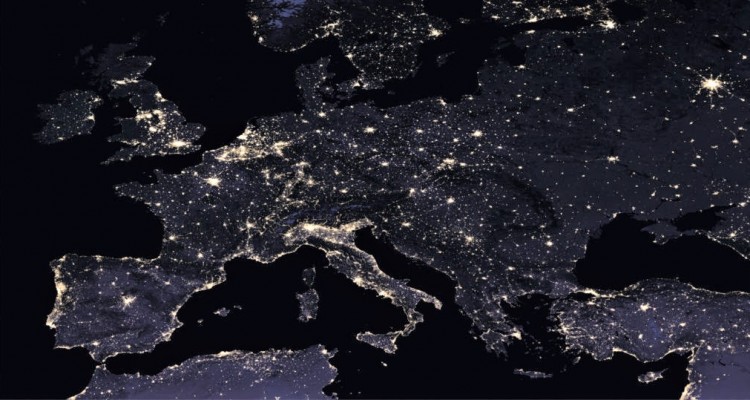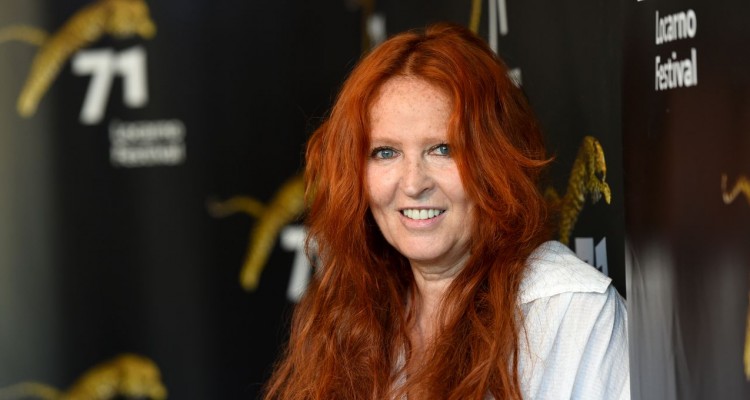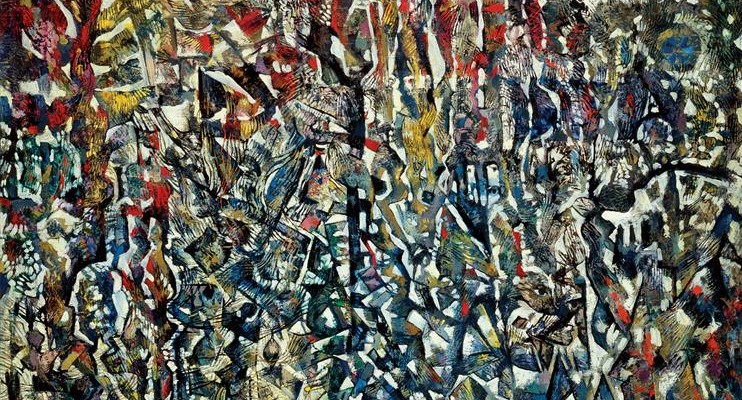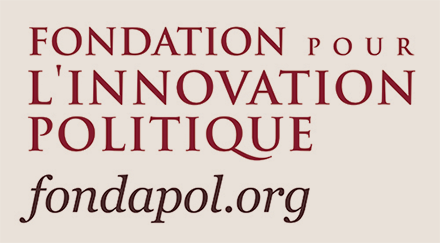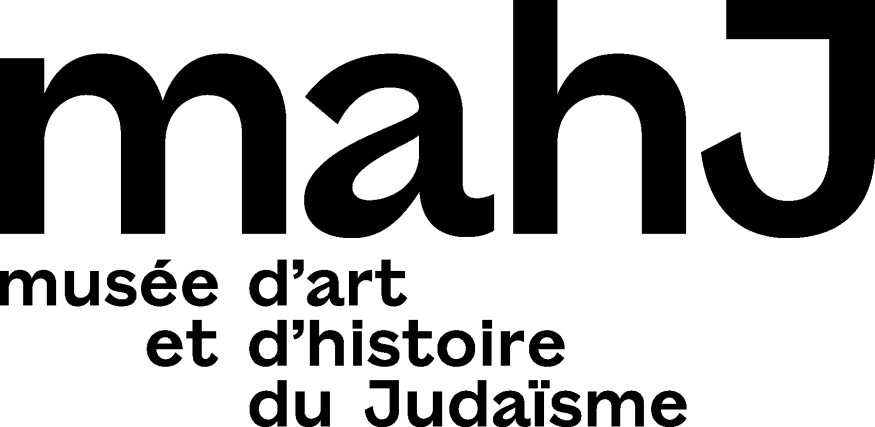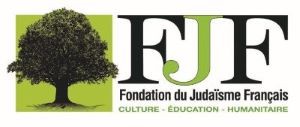There are some complaints that we are happy to hear, like the one coming from readers who regret not always having the time to read all the texts published each week in K. In the last two issues of the year we are republishing some selected texts. First, the interview with Sergio Della Pergola, published in the first issue of the magazine, March 21, 2021. The demographer had just published – with Daniel Staetsky and the Jewish Policy Research Institute – a study on the evolution of the number of Jews in post-Holocaust Europe – an evolution that is tending irresistibly downwards: Around 1880, European Jews represented 90% of the world’s Jews. In 1939, there were about 10 million Jews living in Europe. After the Holocaust, they were only 35% of the total Jewish population and in 2020, European Jews represent only 9% of the world’s Jews. Today, they number about 1.3 million. Three quarters of the Jews who were present in Europe after the Holocaust have left this area. Today, the Jewish share of the European population is 0.2% and continues to decline. These figures immediately raise a series of questions about the present and the future of European Jewry, which were at the root of the desire to create our magazine.
In conversation with Avishag Zafrani, Yolande Zauberman – the director of Me Ivan, You Abraham, Classified People and Would You Have Sex with an Arab? – takes us to the territories surveyed by her films: a forgotten shtetl, to the margins of Israeli society, at the crossroads of an Orthodox neighborhood and a queer club in Tel Aviv. She also talks about her next film about Golda Meir and her Lebanese-Palestinian lover.
Last week, Danny Trom visited the “Yung Yiddish” in Tel Aviv and portrayed its creator Mendy Cahan: a world where Yiddish seems to exist in a secret and clandestine mode. To follow this text, we are republishing one of Macha Fogel’s articles in which our columnist reflects on the paradoxical and complex reality of Yiddish, on what it still allows to express today. What does this language with its unparalleled history offer to those who continue to use it? Is Yiddish a language of the community, of exchange, or of both?
